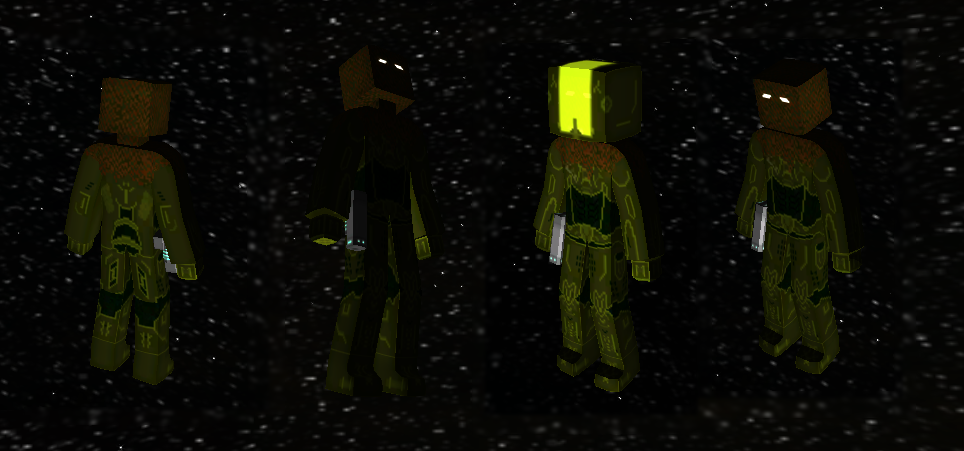Blend modes are great, though I find most of them are only for extremely specific uses (like XOR), leaving only a fraction of them for common use.
Once you understand it, Overlay is an incredibly useful blend mode. Kind of like Screen and Multiply at the same time, with middle gray (roughly 808080 in hexidecimal) being the color that does not cause any change in color. Add a little noise to a layer of that color and set it as Overlay and you'll get noise on everything under it without permanent changes to what's under it. (So you can still do whatever you like with the layers below without worrying about messing up the noise.) Being able to adjust the opacity also means you can always increase or decrease the strength of the noise easily. A layer mask allows you to add or remove noise from any part of the image at any time. A VERY valuable tool/trick.
The basic principle of subsurface scattering as it applies to skin is simply that our skin isn't opaque, it's translucent. It's only due to the thickness of our skin that it is seemingly opaque. A good, fun way to see subsurface scattering in action in real life is to put your fingers over the tip of a flashlight. Instead of completely blocking the light, they glow red. (Due to scattering the light instead of blocking it completely.) Part of the reason why characters in games look so fake at times is because their skin is painted on opaque, rather than using subsurface scattering. Though in recent games they've been using shaders to mimic subsurface scattering with skin and the results are quite shocking. It looks so much more real.
Using Color Burn is, of course, faking the effects of subsurface scattering. It does make the skin look a lot more rich and skin-like, though. The multiple layers is simply because color burn by itself looks a little odd, since it doesn't give the proper shading and darkness the shading overlay is originally for. :D



